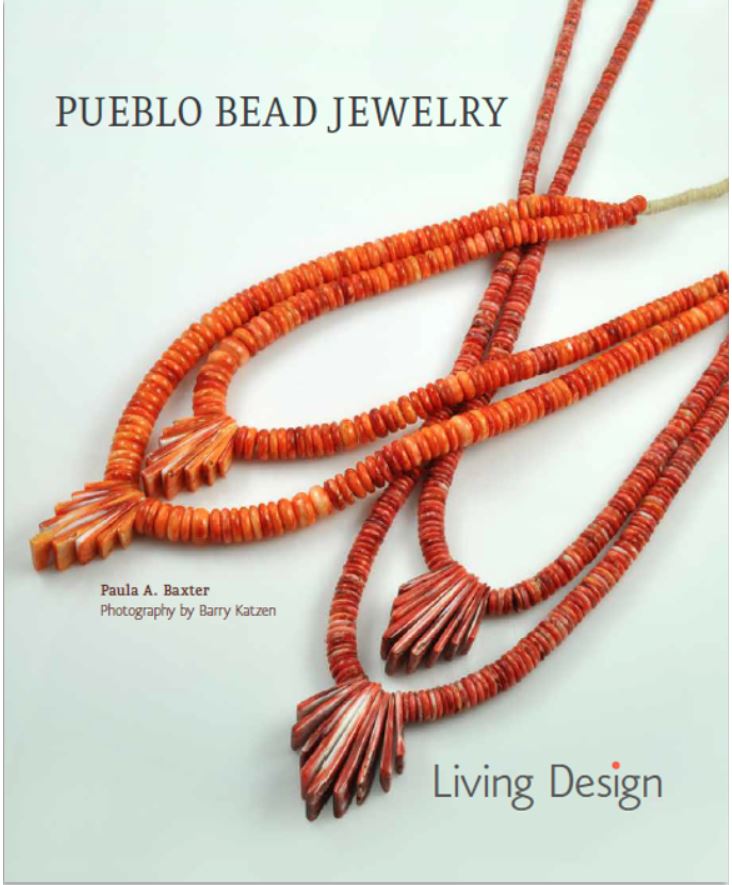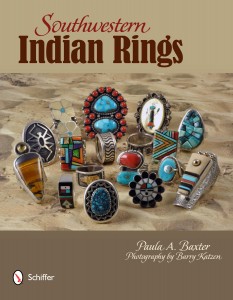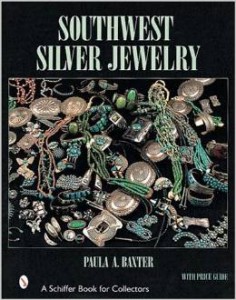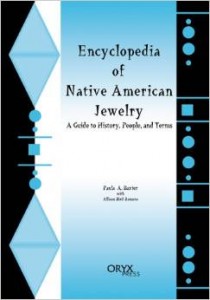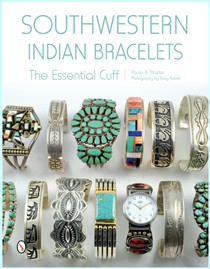Nevertheless, the Ceremonial isn’t dead yet, not by a long road. There are those still loyal to its original premise when founded in the 1920s, that this would be an important venue for Indian arts at their best. What many people forget, also, is that this is an event for bringing Native peoples together. I might prefer a powwow to a rodeo, but there’s entertainment for the locals and the venue can be a source of pride—a destination. I certainly saw this on Saturday morning when we pulled onto I-40 and glimpsed the large, healthy crowd downtown for the parade.
Back in the 1930s, the Indian traders held sway. Newspaper articles in following decades largely gave Native artists short shrift and reported on which trader booth had received the most awards for arts. Patronage has changed, and the list of corporate sponsors is a telling statement about what businesses today can afford to be sponsors. The Arts judges are also leading figures in the field. Later that week,in Santa Fe, I spoke with one judge who expressed some concern about the changing of categories for prizes. This created difficulties for some artists. For example, I saw fewer entries from Zunis than expected. It may be that the Ceremonials sponsors need to clarify and establish less flexible guidelines and attempt a wider range of fundraising.
My summer in the Southwest yielded other stories about institutions reorganizing, sometimes in rather alarming fashion. I discovered in Santa Fe that the Indian Arts and Crafts Association (IACA) had recently eliminated its paid staff for an all-volunteer staff.
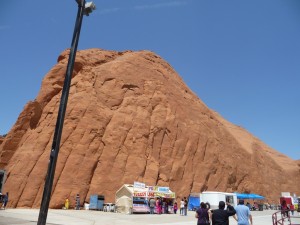 At the entrance to the Gallup Inter-Tribal Ceremonial in Red Rock Park
At the entrance to the Gallup Inter-Tribal Ceremonial in Red Rock Park
